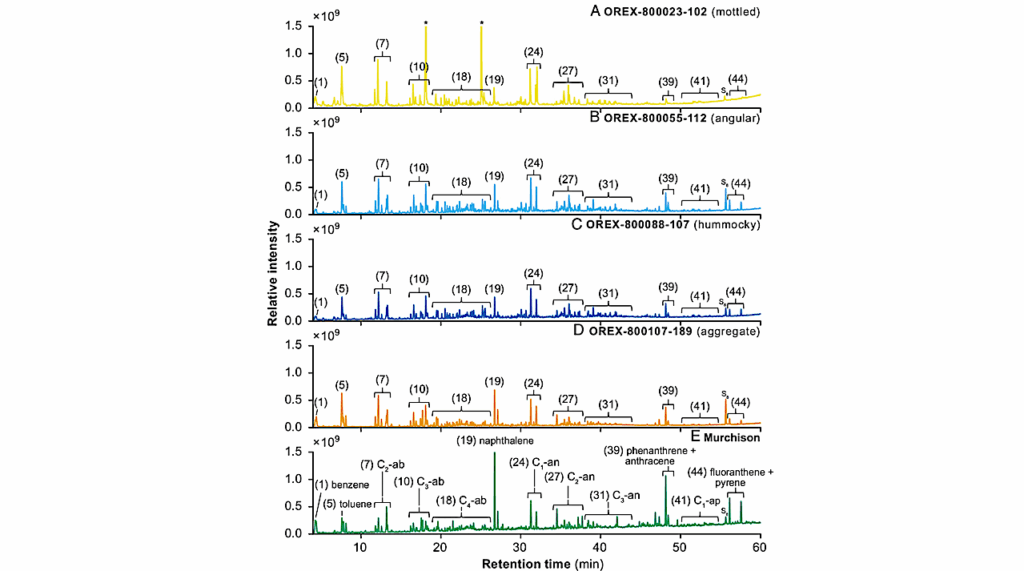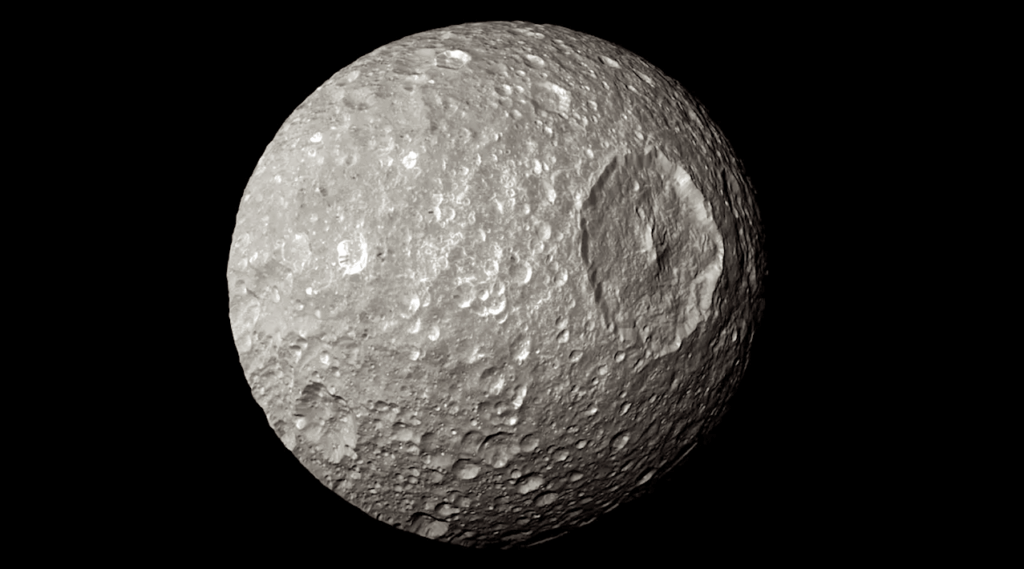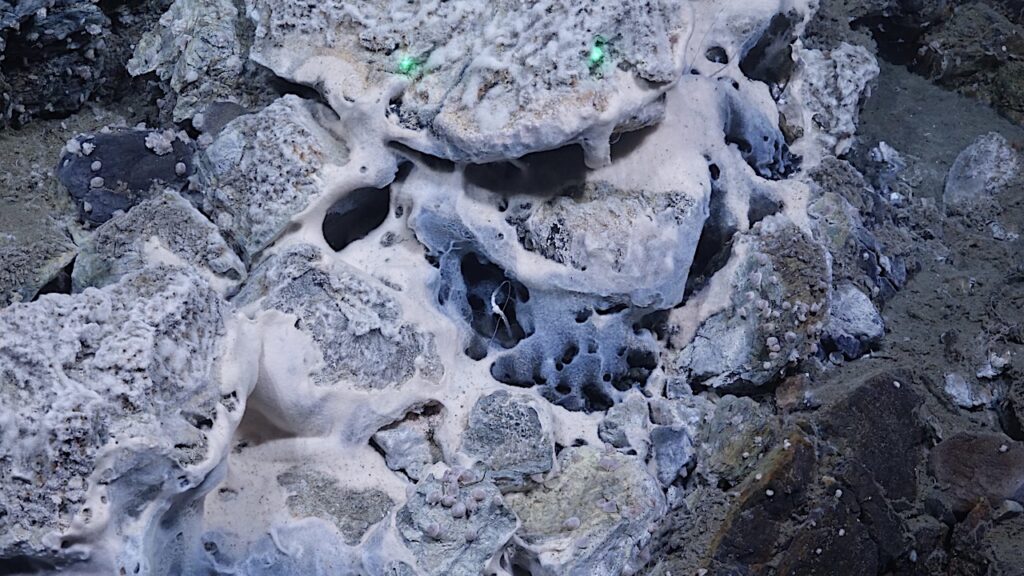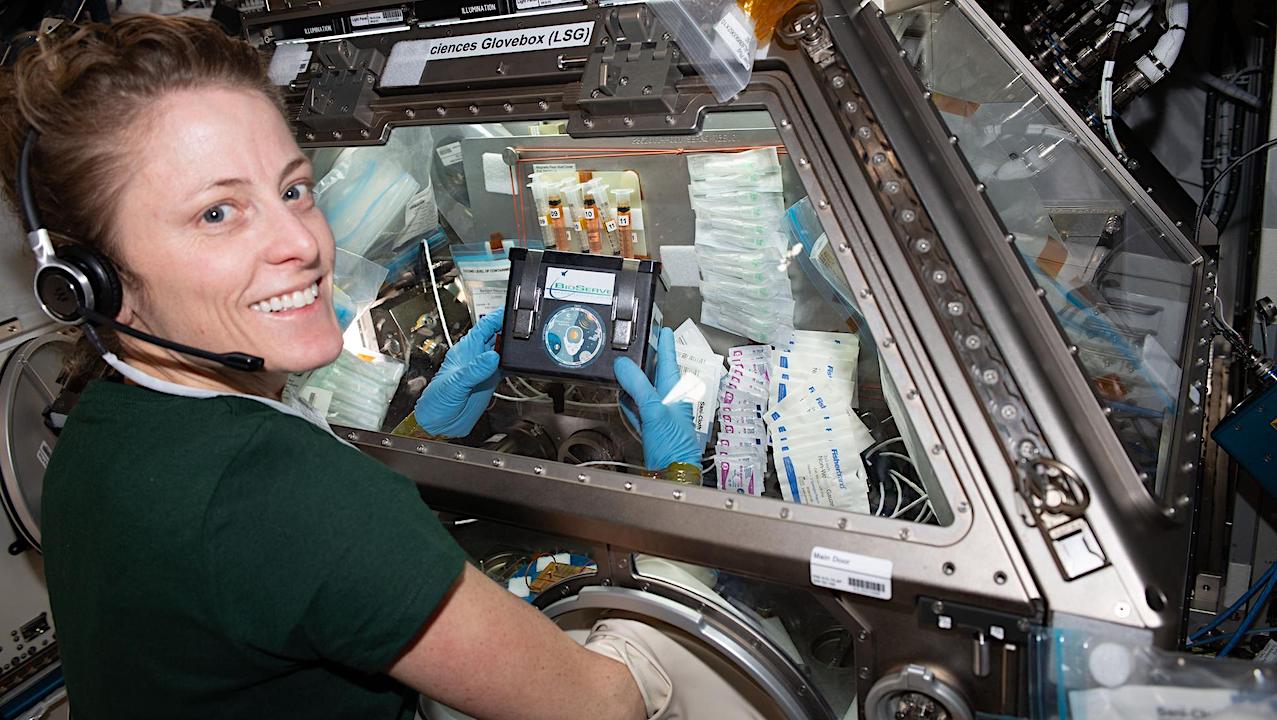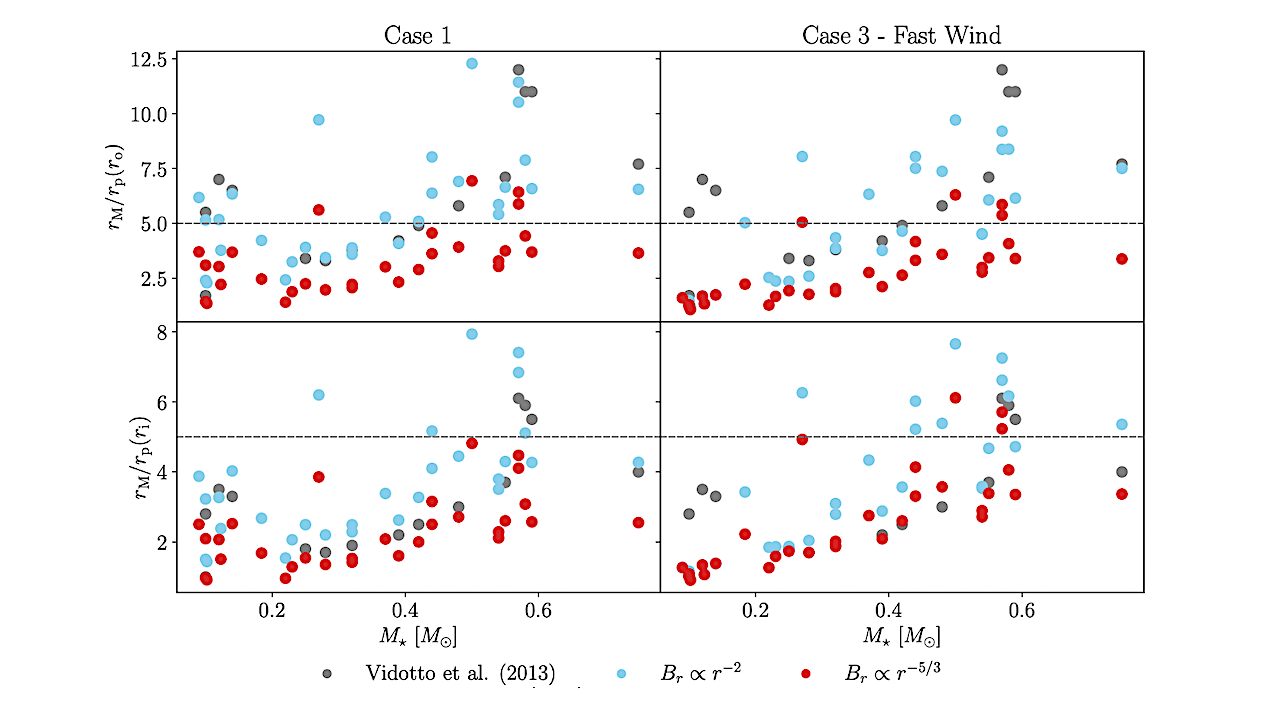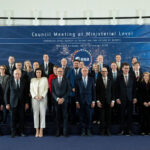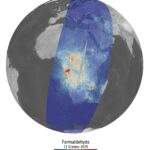Now Reading: Current Understanding Of Electroautotrophy And Its Relevance In Astrobiology-related Research
-
01
Current Understanding Of Electroautotrophy And Its Relevance In Astrobiology-related Research
Current Understanding Of Electroautotrophy And Its Relevance In Astrobiology-related Research
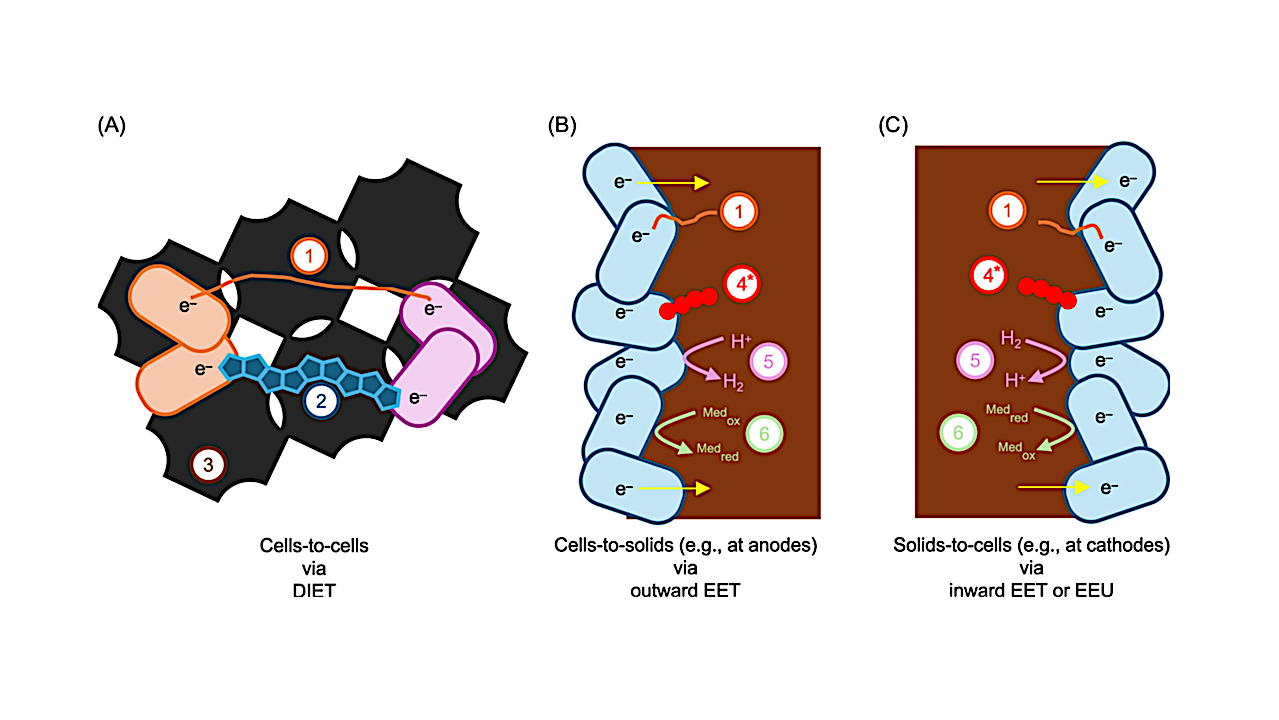

Summary of different extracellular electron transfer (EET) pathways. While it is common to classify EET based on the nature and function of the mediators, here the emphasis is on the means of electron transport. (A) Electrons are transported between cells via direct interspecies electron transfer (DIET) through (1) direct contact via conductive pili and/or nanowires, (2) conductive particles smaller than the cells (e.g., magnetite), and (3) conductive particles larger than the cells (e.g., activated carbon). (B) Electrons are exported from cells to the solid surface via outward EET through (1), (4) direct contact via redox-active proteins, (5) diffusive soluble electron shuttles, and (6) redox mediators or enzymes. (C) Electrons are taken up by cells from the solid surface via inward EET or extracellular electron uptake (EEU) through (1), (4)–(6). Asterisks denote that not the exact same mechanism is employed by outward EET and inward EET when redox-active proteins are involved. — mLife
Electroautotrophy—the use of extracellular electrons as the primary energy source for autotrophic metabolism—remains understudied compared to photoautotrophy and chemoautotrophy.
Its occurrence in deep-earth and deep-sea environments suggests profound implications for astrobiology, yet electroautotrophic microorganisms remain poorly explored. This review synthesizes the discovery of electroautotrophs and current knowledge from laboratory and field studies, including insights from the deep biosphere.
We evaluate their ecological roles on Earth and discuss their potential significance in possible life-supporting ecosystems elsewhere and in life-detection strategies.
Finally, we propose six key research priorities to advance the study of electroautotrophy in astrobiological contexts.
Current understanding of electroautotrophy and its relevance in astrobiology-related research, mLife (open access)
Astrobiology,
Stay Informed With the Latest & Most Important News
-
 012024 in Review: Highlights from NASA in Silicon Valley
012024 in Review: Highlights from NASA in Silicon Valley -
 02Panasonic Leica Summilux DG 15mm f/1.7 ASPH review
02Panasonic Leica Summilux DG 15mm f/1.7 ASPH review -
 03How New NASA, India Earth Satellite NISAR Will See Earth
03How New NASA, India Earth Satellite NISAR Will See Earth -
 04And Thus Begins A New Year For Life On Earth
04And Thus Begins A New Year For Life On Earth -
 05Astronomy Activation Ambassadors: A New Era
05Astronomy Activation Ambassadors: A New Era -
06SpaceX launch surge helps set new global launch record in 2024
-
 07Space Force plans new ‘Futures Command’ amid pressure to speed up modernization
07Space Force plans new ‘Futures Command’ amid pressure to speed up modernization













